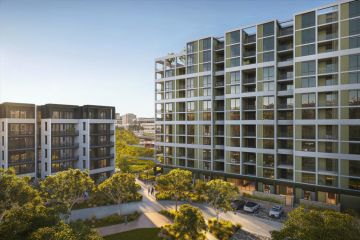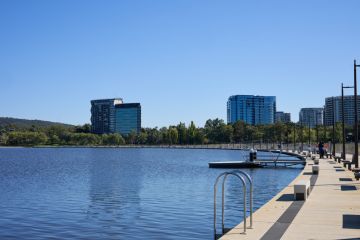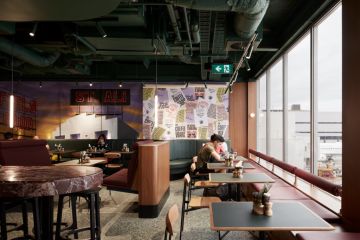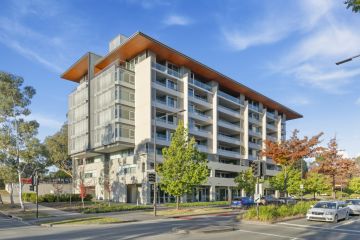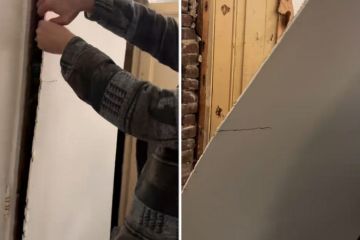Tony Trobe: How developers and artists can create a more vibrant Canberra
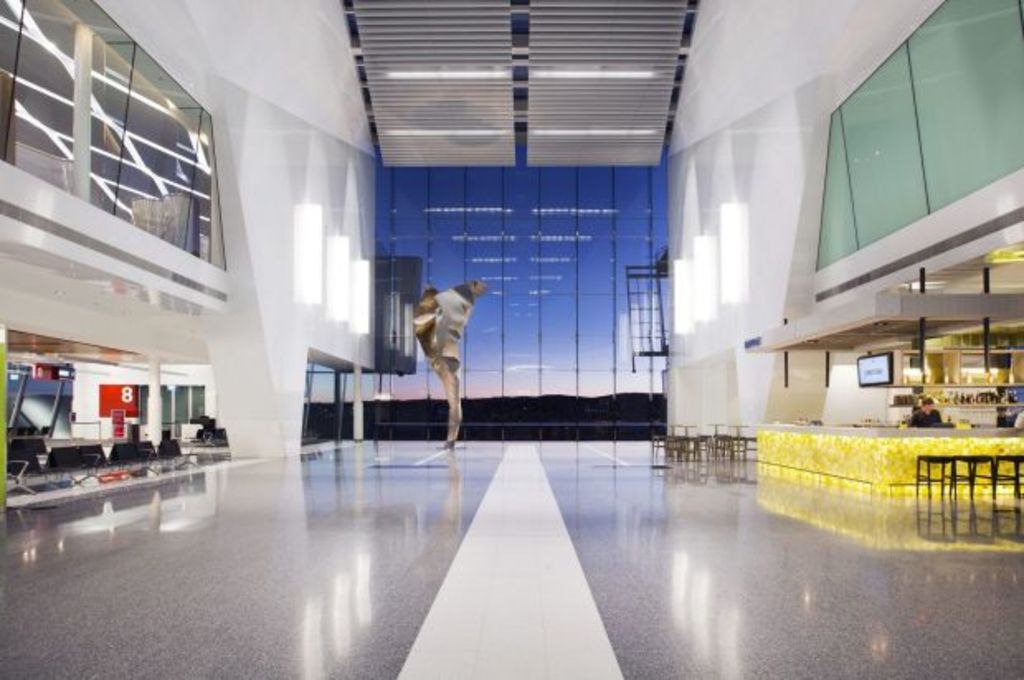
Head of the Property Council of Australia’s Canberra office for more than a decade, Catherine Carter now heads up a boutique consulting firm, Indigo Consulting Australia, where she retains an active interest and focus on urban environments, community building and diversity.
We’ve all heard of art for art’s sake. But art can also be a driver of economic development. Tony Trobe talks to Catherine Carter about how Canberra’s artists and developers can work together to build a vibrant city.
TT: Why is art important to Canberra?
CC: Economist John Kenneth Galbraith once said the communities “richest in their artistic and cultural traditions are also those that are the most progressive in their economic performance and most resilient in their economic structures”.
Many cities, Paris, Florence and New York among them, have long reaped the economic rewards of a rich artistic culture. But smaller cities are realising that they don’t need the Louvre, Uffizi or the Met to build a vibrant artistic culture that benefits the entire community.
A growing body of evidence finds that thoughtful investment in the arts can deliver a range of economic benefits – from boosting tourism and jobs to increasing property values and with it money flowing into government coffers. The arts also bring people together, stimulate community pride and create a more vibrant sense of place.
TT: How can Canberra build on its existing infrastructure to become an arts capital?
CC: We are incredibly fortunate in Canberra to already have a strong foundation of national cultural institutions of international reputation, from galleries and museums to our acclaimed Australian War Memorial.
But building an artistic city requires a grass-roots approach in which everyone plays a role. The success of Melbourne is instructive, as it is equally focused on the high-impact and the fine-grain. Examples of this are everywhere. The high-impact is reflected in Grocon’s Swanston Street building with the image of indigenous leader William Barak across its 100-metre-high, sculpted facade. The fine-grain is infinitesimal: from the cafes displaying local artists’ work to the florists’ carts at the street corners, and from the shop street numbers crafted from Lego or silver spoons to the buskers along Bourke Street.
Closer to home, I’m inspired by Art Group’s recent partnership with local artists, who have designed the hoardings of its new SOHO development on Northbourne Avenue. Molonglo Group has invested significantly in public art and exciting installations at NewActon. The Canberra Airport’s commitment to public art is creating a vibrant precinct, while another local developer, Nik Bulum, has transformed Braddon by creating cool places for local artists and craftspeople.
TT: What role does the development industry play in fostering the arts?
CC: Developers now recognise that not only does investment in public art add value by telling stories, providing new meeting places and creating a focus point for new communities, but the artists themselves help create a sense of place.
Many developers are looking for ways to address the well-known paradox which often finds artists unable to afford to live in the creative communities they started in the first place. Some are offering artists cheap, and in some cases free rent. Artist-in-residence programs and developments which allocate a portion of apartments to artists at below market rates are just two examples of how the development industry can help curate an artistic city.
Tony Trobe is director of the local practice TT Architecture. Is there a planning or design issue in Canberra you’d like to discuss? Email tonytrobe@ttarchitecture.com.au and at ttarchitecture.com.au
We recommend
States
Capital Cities
Capital Cities - Rentals
Popular Areas
Allhomes
More
- © 2025, CoStar Group Inc.
